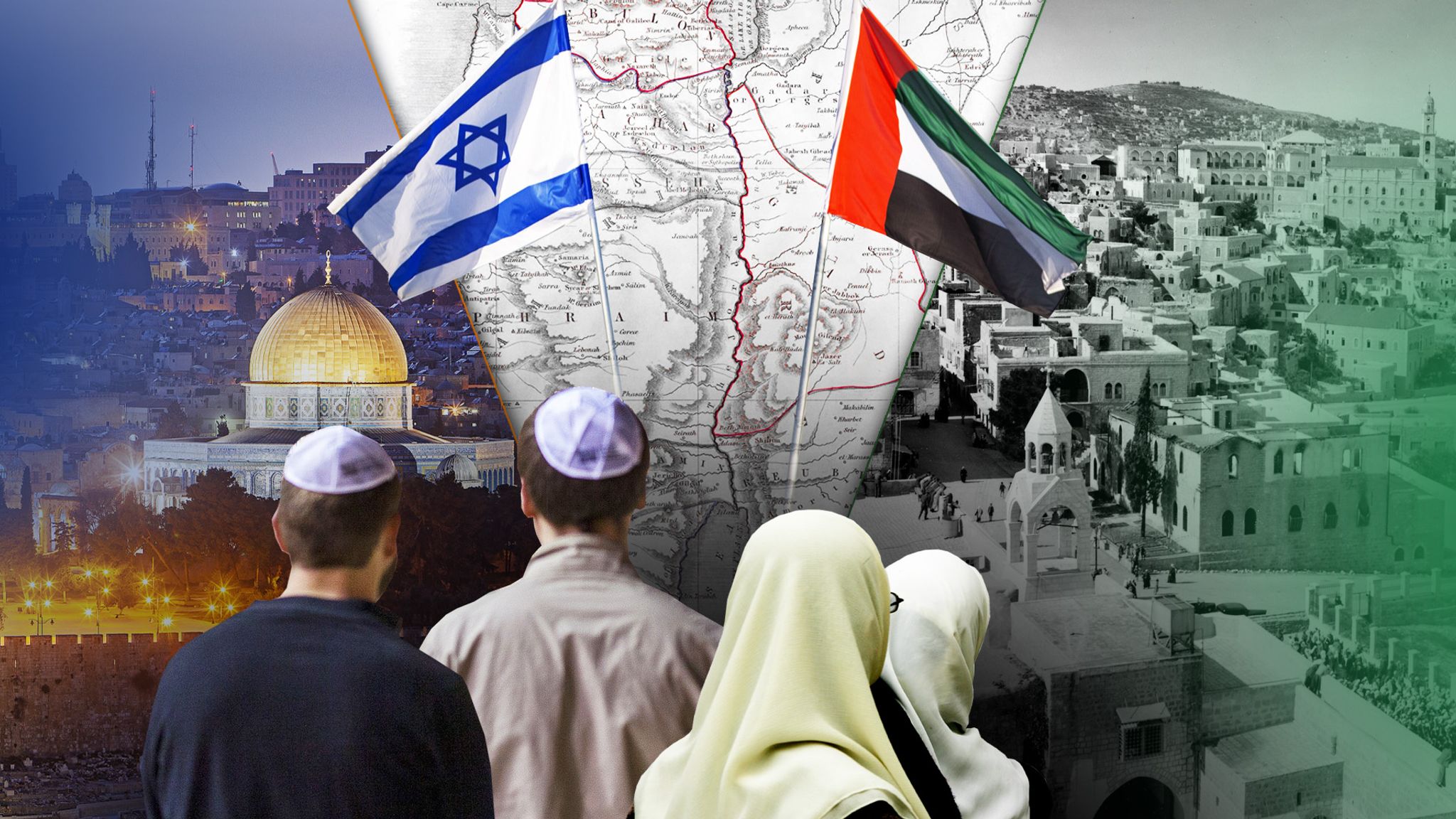The Israel-Palestine conflict, a deep-rooted struggle over land, identity, and rights, has endured for over a century, profoundly shaping the region and influencing global geopolitics. The conflict has intensified recently, marked by violence in Gaza and heightened tension in the West Bank. Here is a critical analysis of the multifaceted dimensions of this enduring conflict.
Historical Context
The origins of the Israel-Palestine conflict trace back to competing nationalist movements and colonial-era decisions that shaped the Middle East. Jewish and Arab communities both have deep historical ties to the land now divided into Israel and the Palestinian territories (Gaza and the West Bank). The establishment of Israel in 1948, following the Holocaust and the global demand for a Jewish homeland, led to the displacement of hundreds of thousands of Palestinians, creating a refugee crisis and igniting long-standing grievances. Subsequent wars, notably in 1967 and 1973, and various territorial changes, created today’s patchwork of contested borders and divided cities.
Power Imbalances and Occupation
One of the most controversial aspects of the conflict is the ongoing Israeli occupation of Palestinian territories. Israel’s military presence in the West Bank and blockade of Gaza, implemented to ensure security and control, has created severe restrictions on Palestinian movement, access to resources, and economic development. The economic and political divide between Israelis and Palestinians continues to widen, exacerbating feelings of resentment and powerlessness among Palestinians, who often view the situation as asymmetrical warfare rather than a balanced conflict.
Security and Civilian Impacts
Israeli security concerns are another core element, especially given the history of attacks by militant groups like Hamas, which controls Gaza and has launched rockets into Israel, leading to significant civilian casualties and disruption. The Israeli government sees its strict security measures as a necessary response to defend its citizens. However, critics argue that these measures disproportionately affect Palestinian civilians, often leading to casualties, displacement, and a humanitarian crisis in Gaza, which experiences a cycle of violence and blockade that restricts access to food, water, healthcare, and economic opportunity.
The Role of International Actors
International involvement has deeply influenced the Israel-Palestine conflict. The United States has historically supported Israel, providing military aid and political backing, which critics argue perpetuates the power imbalance. In contrast, organizations like the United Nations, along with many countries, call for a two-state solution and an end to the occupation. However, peace efforts, such as the Oslo Accords in the 1990s, have repeatedly stalled, often due to changing political climates, leadership shifts, and lack of mutual trust. Global and regional powers frequently use the conflict as a proxy for broader geopolitical interests, complicating the peace process.
Socioeconomic Implications
The prolonged conflict has had dire socioeconomic consequences for Palestinians, limiting their ability to access jobs, healthcare, and education. In Gaza, poverty rates are high, and youth unemployment is rampant, with generations growing up in conflict conditions. In Israel, while the economy is stronger, the government must devote significant resources to security, and citizens live under the threat of intermittent attacks. This instability affects both societies, creating psychological and economic burdens.
Ideological and Religious Dimensions
The conflict is also fueled by competing narratives and religious claims to the land. For many Jews, Israel represents a historic and religious homeland, while for Palestinians, it is their ancestral land from which many were displaced. Jerusalem, a focal point for Judaism, Islam, and Christianity, symbolizes the broader ideological and religious divide. These beliefs add layers of complexity, as both sides hold deep-seated connections to the same sacred sites, leading to flashpoints like the Al-Aqsa Mosque/Temple Mount.
Potential Paths to Peace
Many analysts argue that the two-state solution is the most viable path, which would create an independent Palestinian state alongside Israel. However, this has been challenged by ongoing Israeli settlements in the West Bank, which Palestinians see as encroachment on their future state. A one-state solution, where Israelis and Palestinians live together with equal rights, has also been proposed but is controversial, as it could challenge the Jewish identity of Israel and is resisted by both Israeli and Palestinian leaders.
Another approach could involve international mediators and a renewed peace process focused on economic collaboration and development, potentially softening political tensions by improving living conditions and fostering interdependence. Initiatives emphasizing coexistence and dialogue at the grassroots level have shown some promise, though they remain limited in scope amid broader political tensions.
Conclusion
The Israel-Palestine conflict remains a deeply divisive issue, characterized by cycles of violence, profound ideological differences, and international geopolitical involvement. Any sustainable resolution will likely require mutual concessions, a rethinking of current policies, and a commitment to human rights and equity. Without addressing core grievances and power imbalances, peace efforts risk failure, perpetuating the cycle of violence and suffering on both sides.





